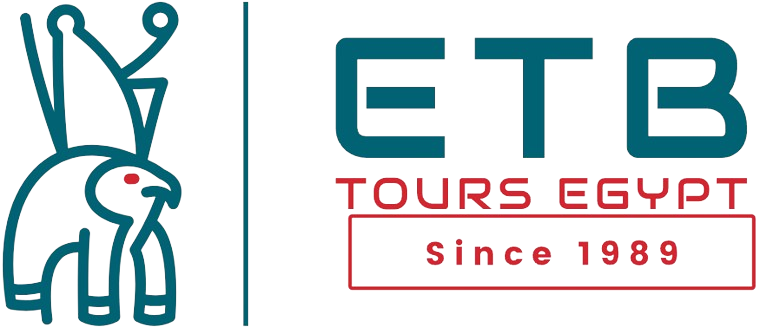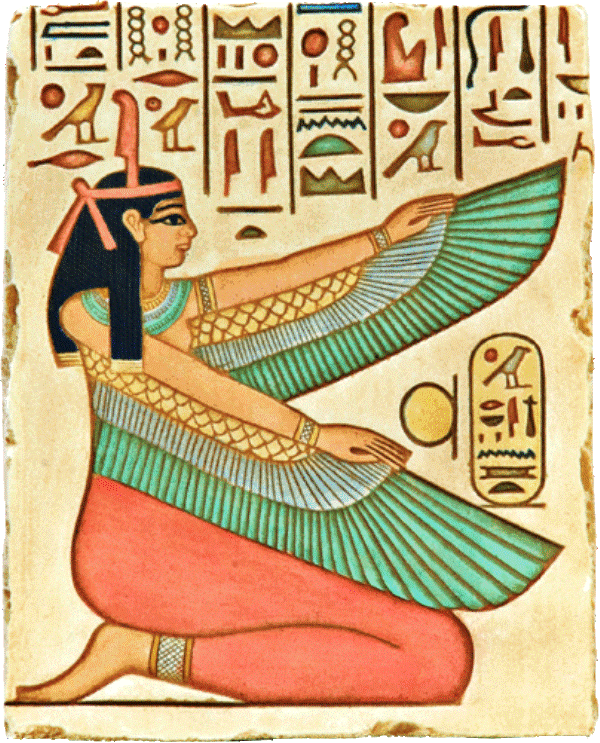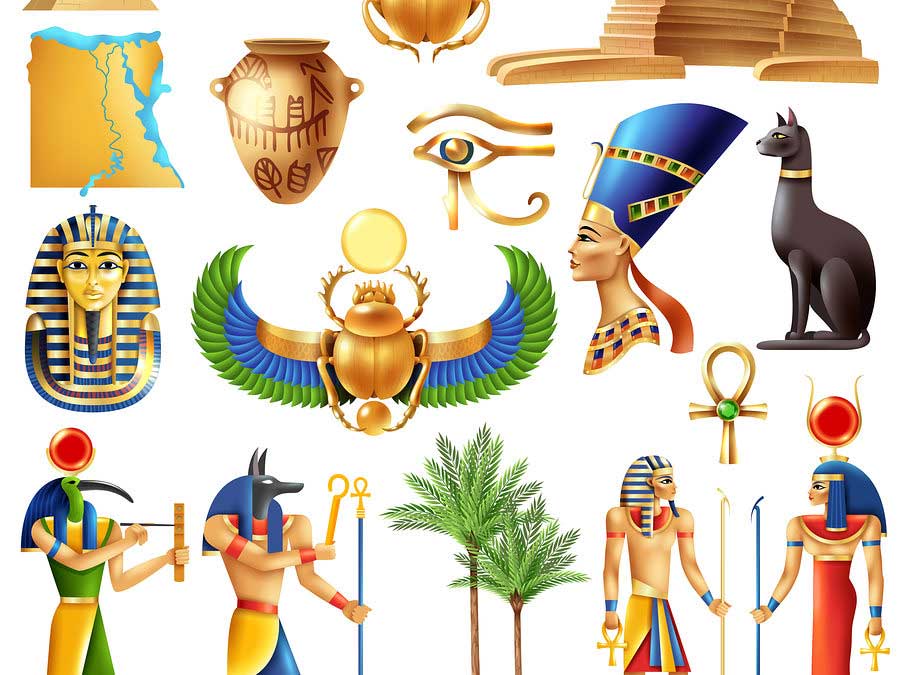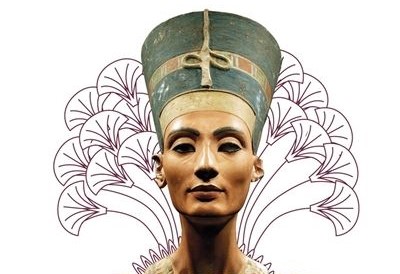Ma`At Goddess In Ancient Egypt
Ma'at: Goddess of Truth and Justice in Ancient Egypt
Ma'at in ancient Egyptian religion was the goddess of truth and justice. She was the child of Re the sun god and the wife of Thoth the god of knowledge. She was depicted as a woman with an ostrich feather on her head, ankh in one hand and mace in the other.
In the Egyptian afterlife, the heart of the deceased was weighed against Ma'at’s feather. If it balanced it was paradise, if it didn’t it was Amamut, a monster with the head of a crocodile, body of a lion and back of a hippopotamus. That was judged by 42 judges, the regions of Egypt, with Osiris presiding.
On Judgment Day, Anubis would lead the dead to the court. The judges would ask the deceased about their earthly behavior, had they followed Ma’at’s way. The deceased would say they were innocent, list not killing, stealing or lying, and being kind to others. They would also name the gods correctly, without omission.
The offering of Ma’at was a big ritual in temples, the king’s duty to order and to please the gods. Ma’at was that concept, the cosmic order and moral standard of the creator god. Humans had to preserve and restore that. The Coffin Texts say gods lived on Ma’at and the king had to be Ma’at on earth, for the gods.
The offering of Ma’at was worship and offering to the gods, in temple scenes and daily rituals. The king offering Ma’at to the gods showed he was the divine middleman, justice and order. That ritual appeared from Middle Kingdom to the reign of Thutmose III and showed the king offering a small statue of Ma’at or just her feather.
Temples with the offering of Ma’at are Amun-Ra at Karnak, Aton at Karnak, Seti I at Abydos, and Luxor Temple. Those scenes show the king offering Ma’at to male gods like Amun, Ra, Ptah and others, being his divine duty to be truth and justice.
 English
English  Spanish
Spanish  Chinese
Chinese  French
French  Portuguese
Portuguese  Italian
Italian  Russian
Russian  Czech
Czech  German
German  Japanese
Japanese 








